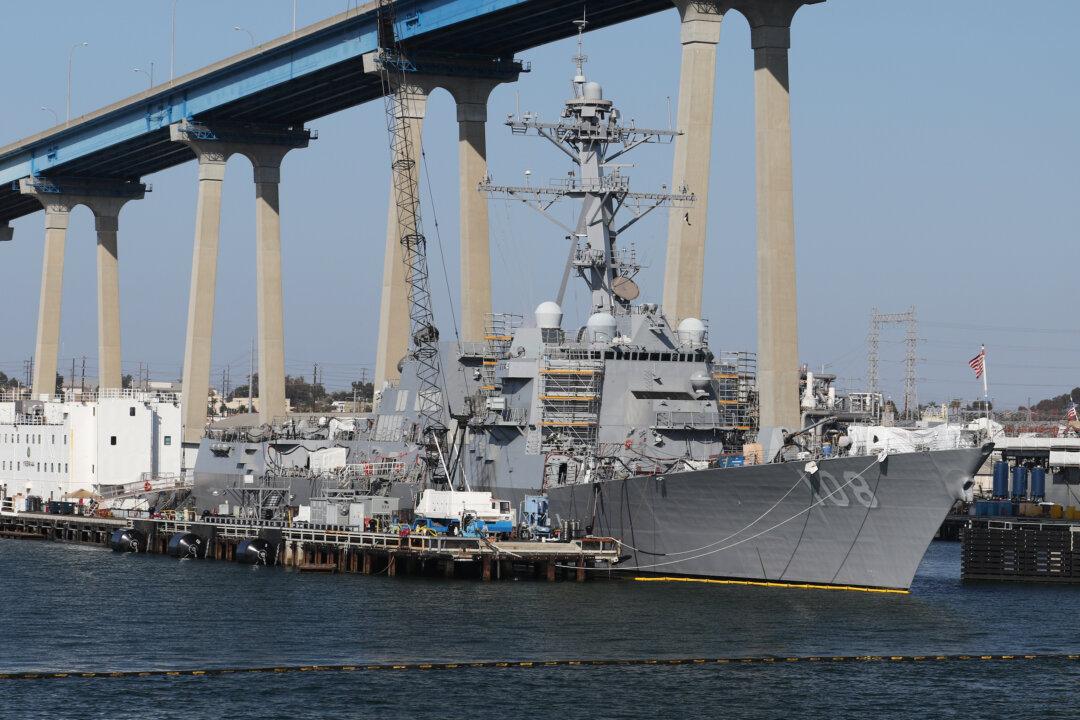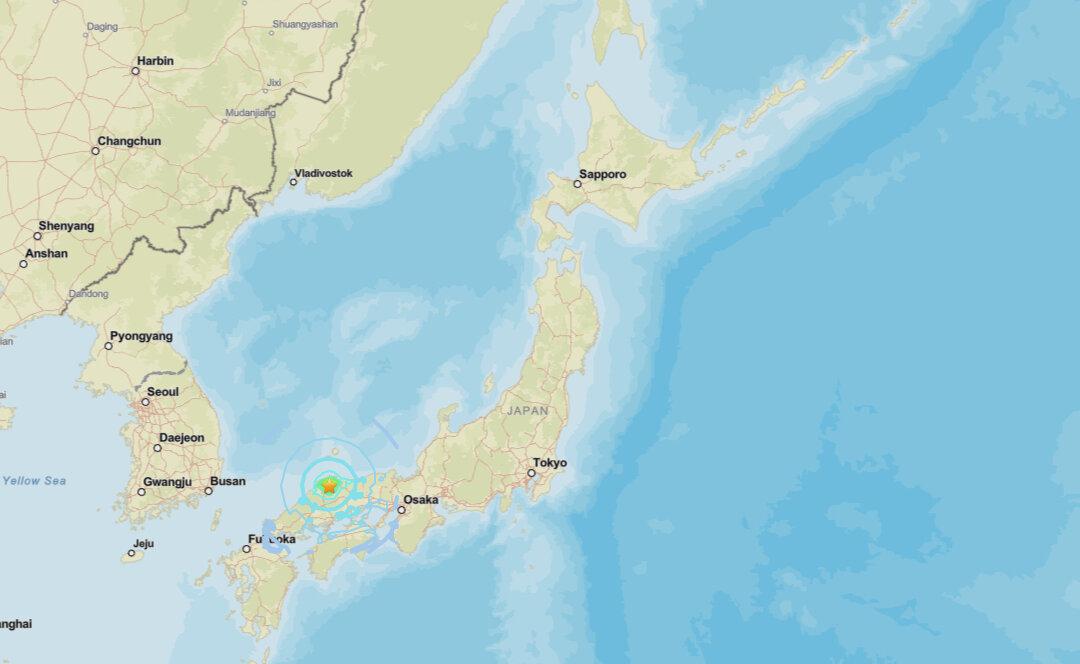WASHINGTON—A U.S. Navy destroyer sailed near islands claimed by China in the South China Sea on Sept. 13, the U.S. military said, a move likely to anger Beijing.
The busy waterway is one of a growing number of flashpoints in the U.S.-Chinese relationship, which include an escalating trade war, American sanctions on China’s military and U.S. relations with Taiwan.





